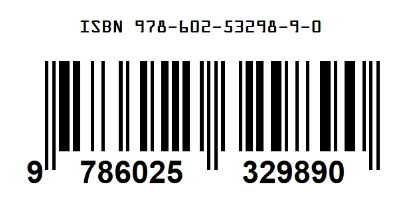Color Interactivity as Visual Stimulation in the Study Room of Grade 1-3 of Elementary Students in Denpasar City
Abstract
The phenomenon of the absence of the interaction concept of grade 1 - 3 of elementary school students is the background of this research. It was understood that the level of grade 1 - 2 tended to be the initial transition of paradigm shifts in students' thinking from kindergarten to the basic learning stage. Qualitative analysis with procedural methods applied in this study to find out the students interactivity towards the color in their study room so that the next stage can be designed the comfortable study ‘room interaction concepts' in engaging the colors as visual stimulation in the transition process of the audience state of mind and growing student learning motivation. The initial stage of this research was carried out by analyzing observation data on students who were given treatment in the form of changing the color of the classroom through 360º video (virtual reality). The results of the study stated that grade 1 - 2 students have bright and 'hot' color tendency while grade 3 students tend to have 'cool' color tendency. This is caused by the influence of nature of play due to the development of the cognitive stage of the children based on their level of education. This means that the students of grade 1 - 2 still tend to have the characteristics of a kindergarten students – that the level of the play process is still high, so that it can be said that the tendency of the characteristics of elementary students begins in grade 3. This is evidenced by some children have different color tendency based on their choice. The children of Grade 1 and 2 tend to forget the color they like, so the color selection were based on the colors that is liked by their friends or colors that were still remembered. The students of grade 1 - 2 were too focus on their interactions with 'toys' in the form of a cardbox, so that VR can be said to be a comfortable noise in the process of play.







